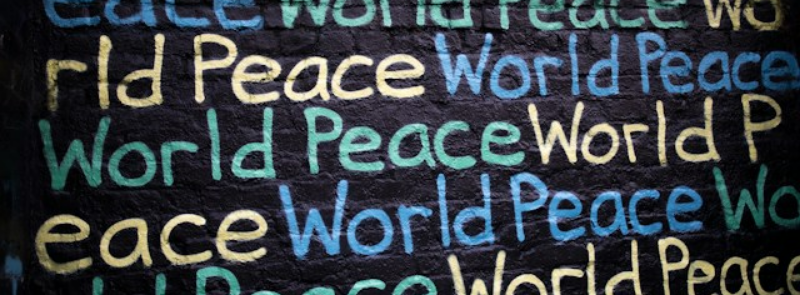
When It Occurs
Every February 23rd
Timeline
Days to Come (1)
# Hashtags
#WorldPeaceAndUnderstandingDay #FosterWorldwideUnity
Each year on February 23, we observe World Peace and Understanding Day. This special day marks the establishment of the inaugural Rotary Club in Chicago back in 1905. Its aim is to foster worldwide unity and mutual respect among individuals and nations alike.
Origin and History
- Founding of Rotary International: Rotary International was founded on February 23, 1905, by Paul P. Harris in Chicago, Illinois. It began as a small group of professionals committed to service and fellowship.
- First Meeting: The first Rotary club meeting took place on February 23, 1905, making this date significant in the organization's history.
- Establishment of World Peace and Understanding Day: Rotary International designated February 23rd as World Peace and Understanding Day to commemorate its founding and to emphasize its commitment to promoting peace and understanding globally.
Significance
- Promotion of Peace: The day underscores Rotary International's mission to advance world peace through community service, humanitarian efforts, and global initiatives.
- Fostering Understanding: Encourages Rotarians and the global community to build bridges of understanding across different cultures, religions, and nationalities.
- Highlighting Humanitarian Efforts: Recognizes the various humanitarian projects and initiatives undertaken by Rotary clubs worldwide to address issues such as poverty, health, education, and conflict resolution.
Activities and Celebrations
Rotary Clubs
- Special Meetings and Events: Rotary clubs around the world hold special meetings, events, and ceremonies to celebrate the day. These may include guest speakers, peace-themed discussions, and reflections on Rotary's contributions to global peace.
- Service Projects: Clubs often organize service projects focused on promoting peace and understanding in their local communities. Examples include peace-building workshops, educational programs, and community outreach initiatives.
- Fundraising for Peace Initiatives: Fundraising events are held to support Rotary's peace-related programs and scholarships, such as the Rotary Peace Fellowship, which provides training for individuals committed to peace and conflict resolution.
Community and Global Initiatives
- Peace Forums and Conferences: Many Rotary clubs and districts organize peace forums, conferences, and seminars to discuss strategies for promoting peace and understanding on a global scale.
- Collaborations with Other Organizations: Rotary clubs collaborate with other non-profits, governmental organizations, and educational institutions to enhance their peace-building efforts and extend their reach.
- Public Awareness Campaigns: Efforts to raise public awareness about the importance of peace and understanding through social media campaigns, public talks, and community events.
How to Get Involved
- Join a Rotary Club: Becoming a member of a local Rotary club allows individuals to participate in service projects, attend meetings, and contribute to peace-building efforts.
- Support Rotary Initiatives: Donate to or volunteer for Rotary's humanitarian projects and peace initiatives.
- Promote Peace Locally: Engage in activities that promote peace and understanding in your local community, such as organizing or participating in peace rallies, cultural exchange programs, or educational workshops.
- Spread Awareness: Use social media and other platforms to share information about World Peace and Understanding Day and the importance of global peace efforts.
Impact and Legacy
- Global Network for Peace: Rotary International has created a vast network of clubs and members dedicated to promoting peace and goodwill across the globe.
- Humanitarian Achievements: Through various service projects, Rotary has made significant contributions to improving health, education, and living conditions in many parts of the world.
- Education and Training: Programs like the Rotary Peace Fellowship have trained thousands of individuals who are now working in fields related to peace and conflict resolution.
- Cultural Exchange and Understanding: Rotary's emphasis on cultural exchange and understanding has helped to break down barriers and build stronger, more empathetic communities.
Challenges
- Sustaining Efforts: Ensuring the sustainability of peace initiatives and maintaining momentum in the face of global challenges such as political conflicts and economic instability.
- Engaging Younger Generations: Attracting and retaining younger members to continue the mission of promoting peace and understanding.
- Measuring Impact: Quantifying the impact of peace-building activities and effectively communicating their value to a broader audience.
Conclusion
World Peace and Understanding Day is a significant observance that highlights the ongoing efforts of Rotary International to promote peace and understanding worldwide. By engaging in service projects, educational initiatives, and collaborative efforts, Rotary clubs and their members play a crucial role in building a more peaceful and inclusive world. This day serves as a reminder of the power of collective action and the importance of fostering a culture of peace and understanding.


